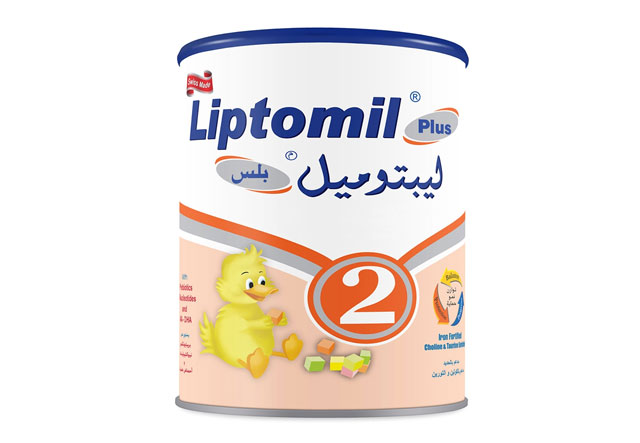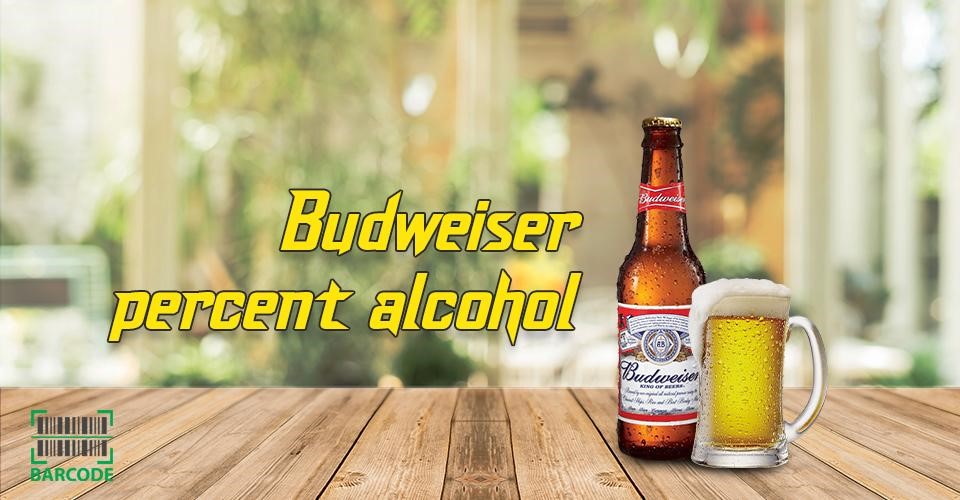Parents and pediatricians rely on Liptomil Plus formulas to deliver nutritious nutrition that supports immune system development, healthy physical growth, brain development, and overall development of their children.
Let’s find out some special features of the Liptomil Plus2 Milk, 400g - 610644912210.
.jpg)
Review the Liptomil plus 2 milk
Ingredients
Antioxidants, Omega-3 fatty acids, Five nucleotides, Calcium and Zinc, Vitamin C and Iron, Prebiotics, Essential fatty acids, Choline and Taurine, Balanced protein content.
Key Benefits
Your baby needs Liptomil Plus 2 to be healthy and develop normally since it has been specially formulated from nourishing, carefully obtained components.
Omega-3 fatty acids, antioxidants, vitamin C, probiotics, iron, proteins, calcium, and zinc are all nutrients that are crucial for growth and are present in this formula.
In addition, this product offers a full range of vitamins and nutrients and is designed to fend off constipation and colic.
.jpg)
Instructions on Liptomil can
It also includes balanced protein content, taurine, choline, and vital fatty acids.
Importantly, all vitamins, minerals, and trace elements in Liptomil Plus2 Milk adhere to the most recent European Committee Directives (2006) recommendations.
Dosage
-
6-8 months of age: 6 scoops in 180 ml of water 4 meals per day.
-
8-10 months of age: 6 scoops in 180 ml of water 3 meals per day.
-
Above 10 months: 6 scoops in 180 ml of water 3 meals per day.
How To Use
Step 1: Ensure the utensils you utilize are clean and wash your hands thoroughly.
Step 2: Boil the water, then let it cool to lukewarm. Fill the feeding container with water
Step 3: Fill the feeding container with water
Step 4: Using a clean, dry knife back, remove any excess.
Step 5: Stir thoroughly until all of the powder has been dissolved.
Step 6: By testing a few drops on your wrist, you can determine whether the temperature is suitable for your infant.
.jpg)
How to use the Liptomil plus 2 milk
Without first seeing a doctor, you shouldn't change the sort of milk your child drinks. Also, ensure that any dietary adjustments you make are appropriate for the child's age.
When starting solids, choose fiber-rich foods like fruits and vegetables.
Warnings
-
Use ready-made feeds within one hour
-
Always discard incomplete feed
-
Do not heat feeds in the microwave, as hot spots may appear and cause burns


![Blenders Pride Price In India [The Latest List]](https://barcodelive.org/filemanager/data-images/imgs/20230210/News_Blenders%20Pride%20Price%20In%20India.jpg)



![What Energy Drink Works The Best? 7 Strongest Drinks [Tested & Ranked]](https://barcodelive.org/filemanager/data-images/imgs/20230301/News_What%20Energy%20Drink%20Works%20The%20Best_1.jpg)



![Walmart Barcode Lookup in 7 EASY Steps [with Detailed Explanation]](https://barcodelive.org/filemanager/data-images/imgs/20230307/Blog_How%20To%20Do%20A%20Walmart%20Barcode%20Lookup_1.jpg)

5 Comments
Abraham tsegaye
What about the expired date?
Leave a Comment
Your email address will not be published. Required fields are marked *Barcodelive
The expiry date is shown on the bottom of the can. Check it
Leave a Comment
Your email address will not be published. Required fields are marked *Ephrem
Why don't you disclose the expiry date?
Leave a Comment
Your email address will not be published. Required fields are marked *Abraham tsegaye
How can i get the expiry date?
Leave a Comment
Your email address will not be published. Required fields are marked *Barcodelive
The expiry date is shown on the bottom of the can. Check it
Leave a Comment
Your email address will not be published. Required fields are marked *Leave a Comment
Your email address will not be published. Required fields are marked *